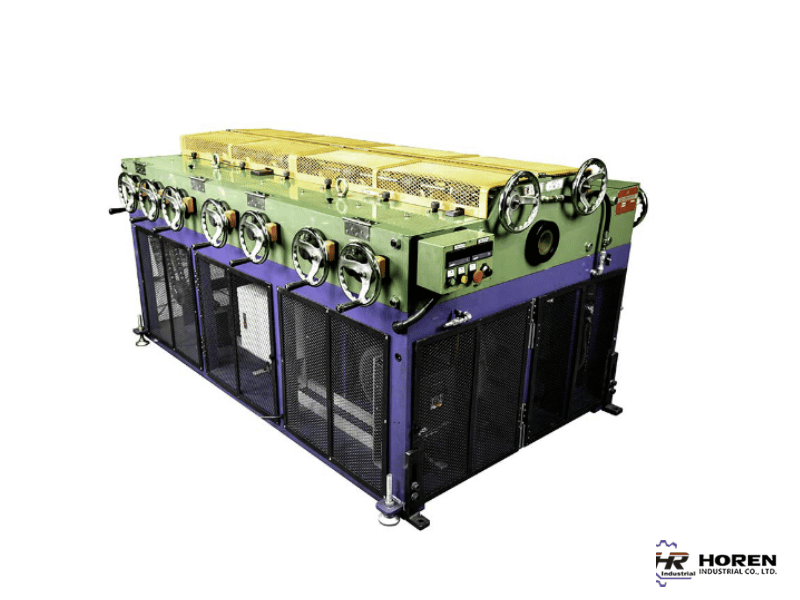
Comparative Analysis of Straightening Techniques: Multi Roller vs. Traditional Methods
In the realm of metal fabrication, the straightening process is crucial for ensuring the quality and usability of the final product. Two prevalent methods are multi roller and traditional straightening techniques. This article explores the differences, advantages, and disadvantages of each method to provide a clearer understanding for manufacturers deciding which technique best suits their needs.
Multi Roller Straightening Machines
Advantages:
- Precision: Multi roller machines utilize multiple sets of precision-controlled rollers that incrementally straighten the metal, allowing for exceptional control over the straightness of the product.
- Efficiency: These machines can handle high volumes of metal with consistent results, making them ideal for large-scale production needs.
- Versatility: Capable of adjusting to different sizes and types of metal, multi roller machines offer flexibility for various applications.
Disadvantages:
- Cost: The initial investment for multi roller machines can be higher due to their complexity and technology.
- Maintenance: These machines require regular maintenance to keep the multiple rollers and mechanical parts in optimal working condition.
Traditional Straightening Methods
Advantages:
- Simplicity: Traditional methods, such as press straightening or two-roll techniques, are generally simpler and can be more accessible for small-scale operations or less frequent needs.
- Lower Initial Cost: The cost barrier for traditional straightening machines is typically lower, making them a viable option for smaller businesses or those just starting out.
Disadvantages:
- Less Precision: Traditional methods may not achieve the same level of precision as multi roller systems, particularly for very complex or delicate shapes.
- Manual Intensity: Depending on the method, more manual labor and expertise may be required, potentially leading to inconsistencies and higher labor costs.
Conclusion
Choosing the right straightening technique depends heavily on the specific needs of the production line, including the volume of output, the types of materials being processed, and the precision required in the final product. Multi roller machines, while more expensive initially, offer high precision and efficiency for large-scale productions. In contrast, traditional methods might suit smaller operations or those with less stringent precision requirements. Each method has its place in metal fabrication, and the optimal choice will align with the strategic goals and operational capacity of the manufacturing entity. For further insights and expertise in selecting the right machinery, consider consulting with us at Horen Industrial Co. Ltd., where we are dedicated to enhancing manufacturing efficiencies with cutting-edge solutions.